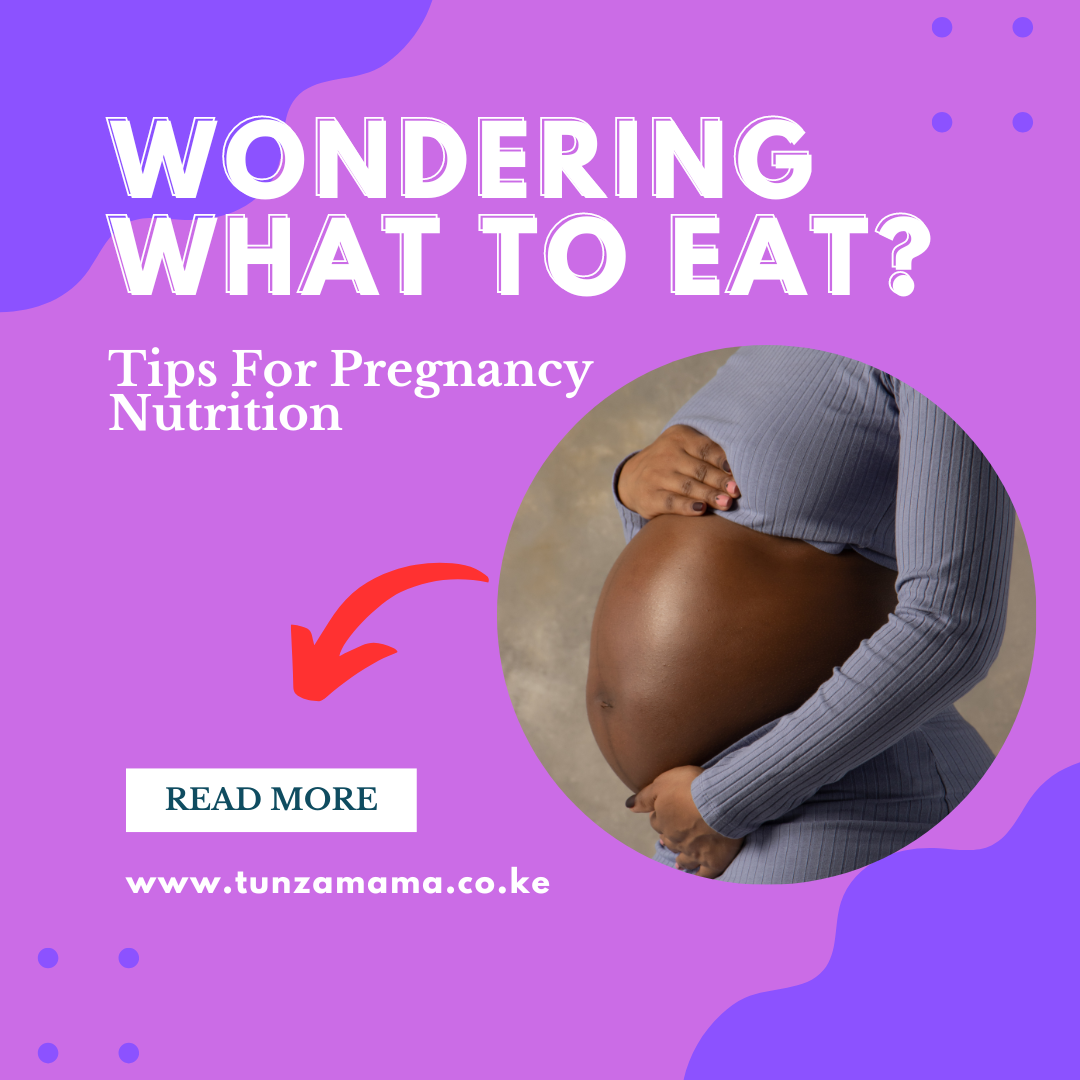Definition of colic
Infant colic is generally defined as excessive crying for unknown reasons, in healthy and well-fed infants (Gelfand, 2016). This definition is informed by the Wessel’s criteria of crying excessively, typically for more than three hours a day, for more than three days of the week, for at least three weeks (also referred to as the Rule of 3’s). Dr. Morris Wessel carried out his research about four decades ago in a bid to determine why some infants excessive fussiness for extensive periods of time.
What is the difference between typical infant crying and crying due to colic?
Colic pushes the limits for new parents. While all babies cry, the difference between ‘normal’ crying and that of colicky babies is that for the latter, they are inconsolable. In addition to this, colic also presents in a predictable manner, with the babies crying a lot more as evening approaches. This goes on for at least 3 hours, at least 3 days weekly and for at least 3 weeks, and is the key difference between normal infant crying and colicky crying (Sung, 2018).
What causes infant colic?
Wessel’s criterion was first defined in 1954. Despite continuous research, the precise cause of colic is yet to be established. The use of the word ‘colic’ makes reference to the abdominal area, but there is not much evidence to back this up. What is sure is that colicky babies are in distress, and this easily causes burnout and frustration in new parents and caregivers.
Factors that increase the likelihood of colic
There are a number of factors, however, that have been seen to increase the likelihood of colic in babies. These include:
- Increased sensitivity to stimuli
- Sensitive temperaments in some infants
- Allergic reactions to certain proteins in formula. This is especially seen in cases where an infant has to be bottle-fed for one or another reason.
- Passing lots of gas. This is often attributed to swallowing excess amounts of gas during the extended crying episodes.
- Improper latching during breastfeeding. It is also important to note that sometimes, even with proper latching, foods taken by the mother may cause irritation and distress in the baby through breast milk.
- Feeding too quickly, followed by the absence of burping has also been linked to colic.
- Acid reflux. Reflux is defined as the movement of fluid, usually baby’s milk, into the oesophagus. This happens often because babies are typically born with a short oesophagus. After feeding, and especially in cases where the baby feeds quickly, milk will sometimes spill over as a result of the reflux.
How to manage colic
There is no definitive treatment of colic, simply because there is no defined cause of the condition in infants. For this reason, many of the treatment options available seek to manage the condition by reducing the intensity of the crying episodes as well as getting rid of any factors that could worsen it.
- Holding and bonding with the baby has been shown to be effective in reducing intense crying episodes associated with colic. New parents and caregivers are advised to hold babies for longer.
- Breastfeeding moms are encouraged to ensure that babies feed completely on one breast before feeding on the other. According to the American Pregnancy Association, this allows babies to get both foremilk and hindmilk (the milk released at the start and end of breastfeeding respectively) from each breast.
- It is also important for nursing mothers to check what they feed on to establish whether there are certain foods that increase colic.
- It also helps to rub the baby’s stomach. This helps ease the discomfort in the abdominal area and helps pass gas easily. Do this in a clockwise manner (American Pregnancy Association, 2017)
- Some mothers will find that placing a bottle with warm water on the baby’s abdominal area is helpful in easing the discomfort. Always make sure that the water is not too hot as this can easily burn the baby.
- Remember to burp the baby after every feeding session. It helps to hold the baby in an upright position too.
The frustration that comes with colic can make new parenting a nightmare. When the crying becomes a bit too much, parents and caregivers can always place the baby in a safe place and take a few moments alone to get themselves together. This is important because often, in a moment of overwhelm, it is easy to take it out on the baby, sometimes by shaking them to stop the crying. This, however, is not safe at all.
According to the Journal of Seminars in Pediatric Neurology, infant colic has been linked to shaken baby syndrome. This is a form of abuse that occurs when a parent or caregiver forcefully shakes an infant, usually out of anger and frustration in an attempt to make the baby stop crying. Shaken baby syndrome can result from as few as 5 seconds of shaking the baby. This is a serious condition because, with the shaking, the infant’s brain cells are destroyed leading to significant brain damage or death.
Shaken Baby Syndrome can prove fatal, and so to avoid it, parents and caregivers of colicky babies are encouraged to take some time off to catch their breath. Having someone else to hold the baby is also very helpful. It helps to remember that, although it feels like it lasts forever, this is an episode that will eventually pass.
Important things to remember about colic
As mentioned above, colic is characterized by inconsolable crying for more than three hours daily, for more than three days weekly and for more than three weeks. This can be a very frustrating time for parents and caregivers. Often, one wonders whether there could be an underlying medical issue. As a general guideline, it is important to note that colic does NOT present with the following signs:
- Feverish babies
- Changes in stool
- Paleness of the skin
- Reduced appetite or inability to feed
- Vomit
If the baby cries continuously AND shows any of these symptoms, it is advisable to seek medical advice immediately as these could indicate a potentially serious medical condition other than colic.
Works Cited
American Pregnancy Association. (2017, 06 25). Colic. Retrieved 05 22, 2019, from American Pregnancy Association: https://americanpregnancy.org/first-year-of-life/colic/
Gelfand, A. A. (2016). Infant Colic. Seminars in Pediatric Neurology, 79-82.
Sung, V. (2018). Infant Colic. Australian Prescriber, 105.



Amara
Colic can be rough for new parents – it does pass, eventually.
Tunza Mama
Certainly, and especially because there is no specific causative – but like you say, it passes, eventually